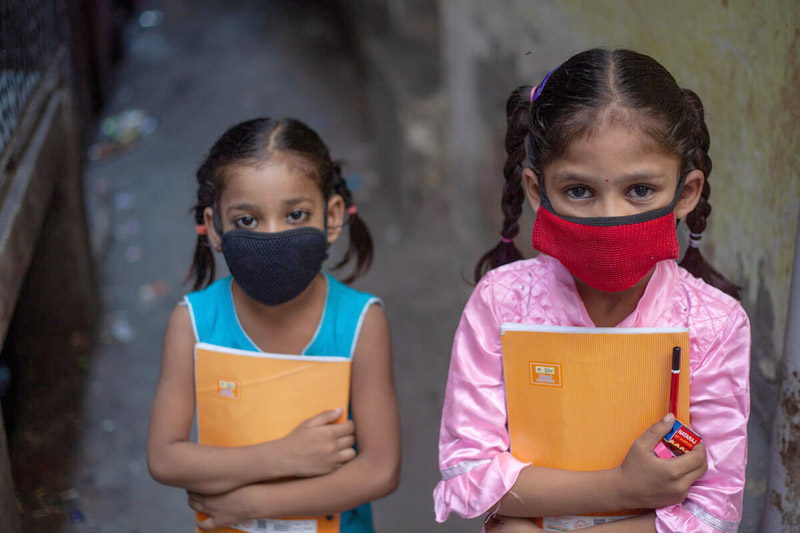The year 2020 has offered no lack of challenges. Financial strain? Yes. Worries about our health and well-being? Definitely. Figuring out what school will look like? That too, and that’s far from the complete list. And while it’s only right to acknowledge that the effects of the pandemic have been much harder on some than on others, it’s also right to say that we’re all feeling it. It’s a shared global experience, even if it looks a little different for everyone.
Children are a part of that experience as much as adults. Kids everywhere, in the U.S. as well as abroad, will face new or increased challenges to their health, safety, and well-being in the wake of the pandemic. As we work to prevent the spread of the new coronavirus, we’re starting to see the impact of its secondary effects, especially on kids. Here are five major ways COVID-19 will have long-term effects on the world’s children:
1. Hunger
Efforts necessary to slow the spread of COVID-19 have had obvious negative effects on the global economy. Before the pandemic hit, 736 million people lived in extreme poverty, and 821 million were food insecure. Now, the World Food Programme warns that an additional 130 million people could face a hunger crisis and 265 million could be in need of life-saving food assistance.
Rising unemployment or underemployment translates to less food on the table, especially in households that were already food insecure. School closures increase the strain, as approximately 368 million kids across 143 countries relied on school meals as a reliable source of nutrition.
Hunger affects the growth and development of all kids negatively, regardless of where they live, and World Vision is responding in both the U.S. and around the world to provide emergency food assistance to help bridge the gap for vulnerable families.
“We want to bring hope like never before, trusting in God, uniting in prayer, and moving swiftly to help those who are the most vulnerable here in the U.S. and around the world.”
— Edgar Sandoval Sr., president of World Vision U.S.
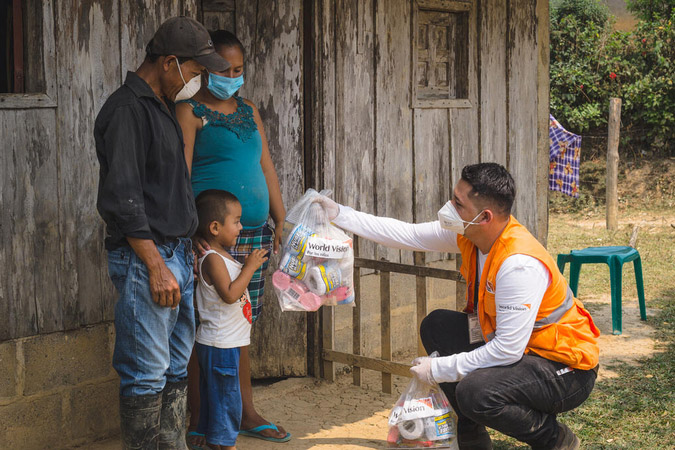
2. Education
Most of us remember days growing up when we wanted to stay home from school. But for kids and parents facing long-term closures and restrictions, the novelty has worn off. Around the world, 1.5 billion students and pupils — over 90% of the world’s learners —have been impacted by school closures.
Though we’ve seen innovations in mobile learning, children in lower-income households may struggle to get the resources they need, and working parents may not be able to support their children’s education as much as they’d like. These challenges will only exacerbate the gaps already experienced by those vulnerable to educational disruptions like those in poverty, children with disabilities, refugees, and (in areas where gender norms prioritize boys’ education) girls. Even after the pandemic, some kids will be left struggling to catch up to their peers.
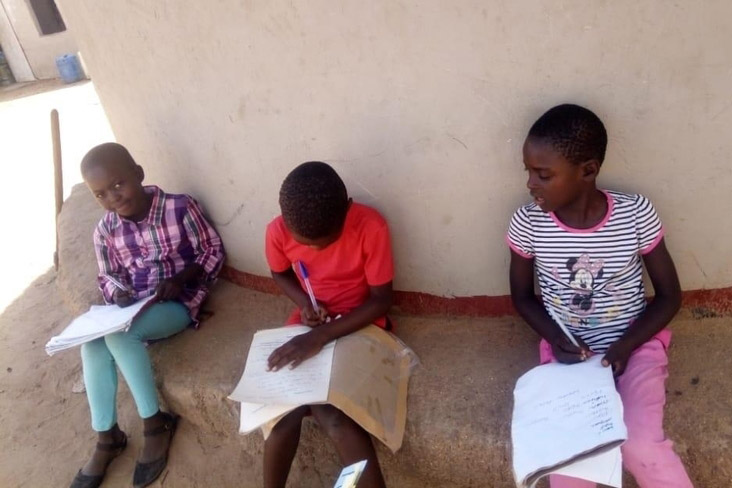
3. Violence
Beyond exacerbating educational gaps, school closures can also make children more vulnerable to violence. Stuck at home all day, children could be at increased risk of emotional, physical, and sexual violence. Teachers and other professionals who might report suspected violence and/or offer resources to children experiencing violence will no longer be accessible. At home, rising stress and tension may make adults more prone to lash out at those nearest to them.
Kids spending more time online may become targets for bullying, online predators, or even human trafficking. In areas where the practice of child marriage persists, girls may be more likely to be pushed into early marriage (which World Vision considers a form of violence) as their families struggle to provide for them under increasing financial strain.
A World Vision International Report estimates that we could see up to 13 million additional child marriages (in addition to those already projected) in the years after the pandemic. The same report estimated that over an initial three-month period of lockdown, between 53 and 85 million children could experience some form of violence. World Vision is calling on governments everywhere to prioritize efforts to protect children at higher risk of violence because of COVID-19.
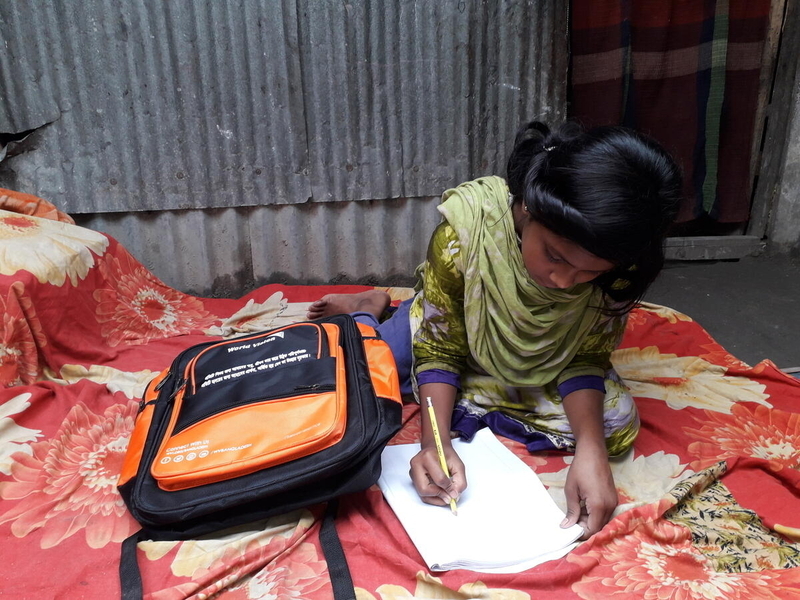
4. Child labor and poverty
When families who are already stretched thin experience job loss or reduced incomes, children are at greater risk of being forced into child labor or begging. Families may feel like they have no choice but to send their children to work when they struggle to put enough food on the table.
Since 2000, the Bureau of International Labor Affairs (ILAB) has helped cut global rates of hazardous child labor in half. But the impacts of COVID-19 are threatening to reverse global gains. A World Vision Assessment found that 28% of households in Cambodia facing job and income loss were sending children to work. In Bangladesh, 34% were sending kids to beg.
In the U.S., child labor laws mean that it’s unlikely a child would be forced into hazardous labor. But in the developing world where wages aren’t enough to support a family, child labor laws are less enforced, and social safety nets are insufficient, it might feel like a family’s only option. In the U.S., even a child who is not sent to work will likely pick up on the stress of financial strain. With the U.S. unemployment rate at just over 10% in July, many children in the U.S. will be feeling that tension.
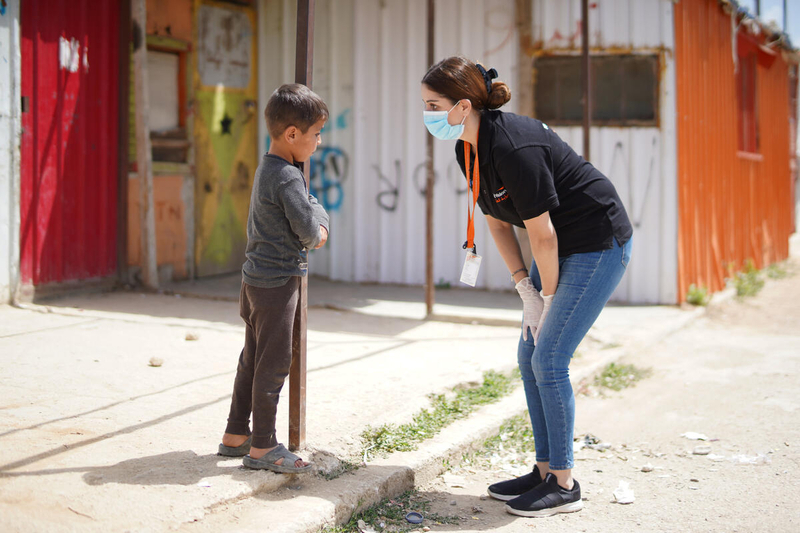
5. Health
While we’re grateful that children aren’t at great risk of COVID-19 fatality, the reality is that there will continue to be serious impacts on children’s health for years to come because of the pandemic’s secondary effects.
In the U.S., parents may be afraid of bringing their child to the doctor even for a routine visit because fear of exposure, financial hardship, and/or increased restrictions that make it harder to access medical care in general. The Centers for Disease Control and Prevention warns that disruptions to child vaccination schedules could put communities at risk of preventable diseases, especially as physically distancing guidelines are relaxed.
Internationally, immunization drives that have traditionally involved large gatherings may be delayed or cancelled, putting children at risk of preventable diseases. The U.N. projects that 78 million children are missing out on measles campaigns around the world because of pandemic-related disruption. Overburdened health systems may struggle to provide sufficient care and, as in the U.S., parents may be concerned about taking their children for routine health check-ups because of fear of exposure.
Pandemic-related hunger will also affect children’s health. Poor nutrition is an underlying cause of 45% of all preventable deaths of kids under 5, which means that the pandemic will likely cause additional deaths through lack of nutrition.
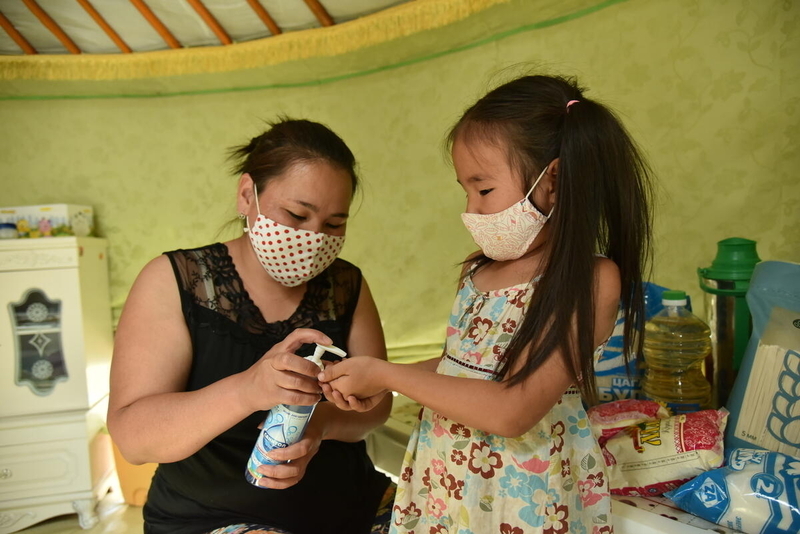
A global pandemic calls for a global response
Even in scary times, we take solace in the knowledge that God loves us. His great love — and call for us to love each other — connects us to one another. But in everyday life, it’s hard to feel connected to people we’ve never met. In the hustle and bustle of every day, it’s often hard enough to stay connected to friends and family, let alone our brothers and sisters across the globe.
But the pandemic highlights just how connected we are. We’re sharing similar fears, challenges, and uncertainties — and many of us are concerned about the world’s children.
Even as we face our own challenges, we can be part of the global solution. World Vision has responded to epidemics before, and our response to the COVID-19 pandemic is our largest ever and brings together all our offices around the world. We’re calling on governments everywhere to stand with us and help protect vulnerable children.
That’s why we’re asking the U.S. to step up their response to countries with limited resources to protect against a future resurgence. Our efforts to defeat this virus abroad will protect and save lives both in developing countries and here at home.
As World Vision works to support vulnerable children and families in the U.S. and around the world, stand with us by asking Congress to support a strong response to those made vulnerable by COVID-19.
ACT NOW:
Top photo: Nursarin, 6, (left) and Pooja, 5, attend Bridge Centre run by World Vision India in the community to provide learning support for children who are not in school. (© 2020 World Vision/photo by Jim Wungramyao Kasom)


